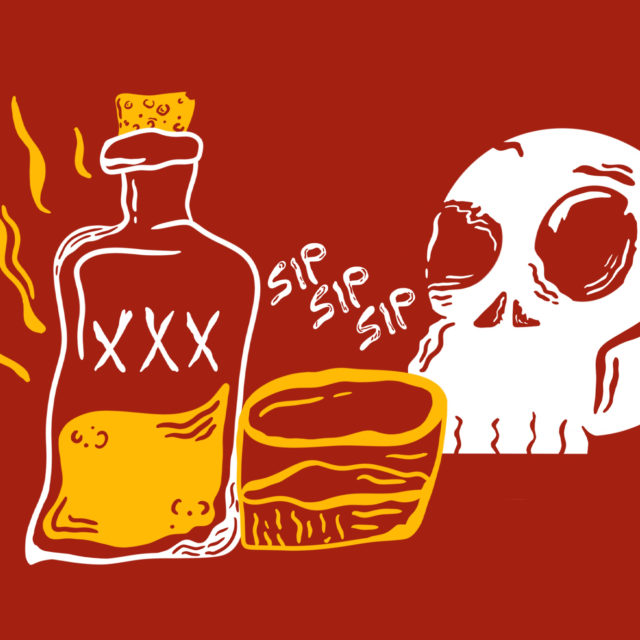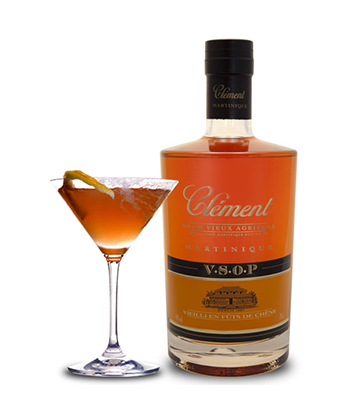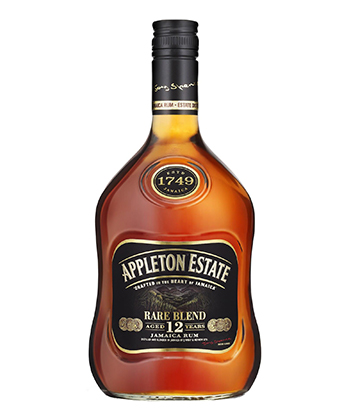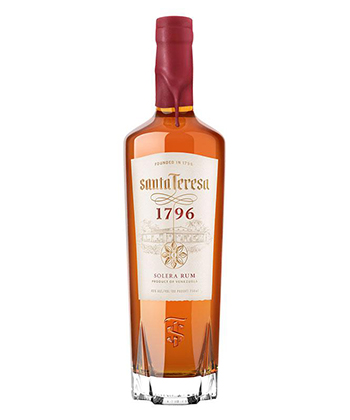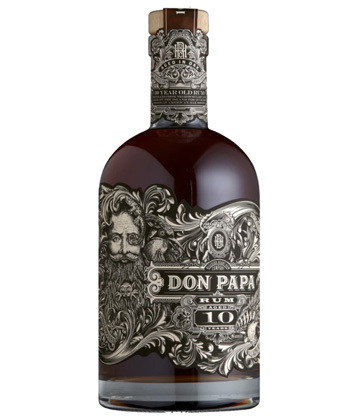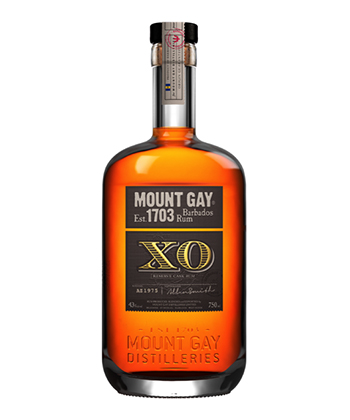Slowly but surely, rum is gaining popularity in the U.S. Last year, the Distilled Spirits Council’s annual economic briefing showed growth in the rum category for the first time since 2013, with 24.1 million 9-liter cases sold in 2019, amounting to $2.3 billion in revenue for rum distillers. And while a majority of sales went to flavored and spiced rums (more than 57 percent, according to the report), and tiki drinks have long claimed the thunder of rum consumption, the newest premium and super-premium brands on the market are proving the spirit is more versatile than that.
In the U.S., rum importers and bartenders are pushing for a simpler, more transparent way to buy and enjoy rum, drinking rum straight up or neat.
“It has definitely become a trend in the past few years,” Michah Anderson, bartender at Portland, Ore.’s Rum Club, says. “Folks want to expand their palates and try new things, and they have heard the buzz around sipping rums — so they are definitely asking for them more now.”
While drinking whiskey neat is relatively common practice in the U.S., history shows that sipping rum is really a return to America’s spirited drinking roots.
“Prior to the popularization of whiskey in the early days of the American Republic, rum was the spirit of choice,” says Shannon Mustipher, a Brooklyn-based spirits educator, consultant, author, and VinePair contributor. In those days, she says, Barbadian rum was held in high regard. Nowadays, rum is produced in more than 100 countries, using a variety of methods that vary between region and producer.
So, rum flavor profiles vary vastly. Mustipher compares rums’ regionality and flavor nuances to wine. “Some people like Loire Valley reds, some prefer round and oaky California Chardonnays,” she says. “The key is to have an understanding of your personal preferences, learn the basics of the category and which style is likely to give you what you are looking for, and take it from there.”
Mustipher recommends starting with a preferred flavor profile. For example, those looking for vegetal or floral flavors might try rums from Jamaica, Haiti, and Martinique. “For someone who prefers sweeter spirits, they would likely prefer Venezuelan or Panamanian rums, which sometimes involve added sugar,” she says. “Die-hard whiskey drinkers would likely prefer Barbadian or Guyanese (Demerara rums), as they [tend to be] fuller-bodied and easy to enjoy neat or on the rocks.”
The Skinny on Sugar
While there are plenty of rums to choose from at most liquor stores, understanding what information is given on (or is lacking from) the bottle is essential to making a selection. Kiowa Bryan, brand manager at Spiribam, a rum (rhum agricole) importer with distilleries in Martinique and Saint Lucia, advises shoppers to ask questions and do some research before buying — starting with the label.
“Look to see if the bottle says ‘no additives’ or ‘no sugar added,’” Bryan says. “Because of the lack of U.S. restrictions on rum compared to other spirits such as whiskey or tequila, you cannot be sure if anything has been added to mask the purity of the product. This is why many brands who don’t use additives or sugar note this on the label.”
While some brands are transparent about adding sugar to emphasize certain flavors in the rum, Bryan says, others aren’t. “Unfortunately, many brands also market rum as being sweet naturally because it is made from sugarcane products … This is entirely false marketing and is usually a ploy to mislead consumers while covering up flaws in a product,” she says. “So many popular rums out there take advantage [of this], tricking consumers into drinking rum with 40 grams of sugar added per liter or more. This also creates a common misconception that rum is sweet or has more calories because it is made from sugarcane or its byproducts.”
Bryan says this couldn’t be less true. “The distillation process removes all sugar from spirits. It’s only after distillation that many brands are adding sugar back into the rum — oftentimes to mask imperfections,” she says.
Bryan recommends seeking out rums from Martinique that say “AOC” on their labels — meaning Appellation d’Origine Contrôllée, or controlled appellation of origin, which denotes a particular set of standards for the rum market — indicating they are legally required to be free of additives including sugar.
Still Want a Cocktail? Start With a Simple Riff
For those looking to dip their toes (er… tongues) into rum, but are not yet ready to enjoy rum straight, Bryan recommends replacing whiskey with rum in a spirit-forward classic cocktail such as the Old Fashioned, made with sugar, bitters, and garnished with an orange slice or zest. “Aged rum makes a fantastic Old Fashioned, and is such a simple and easy cocktail to make at home,” she says. “I always tell people to think outside the box and substitute the sugar for liqueur or a homemade syrup — my rule of thumb is 1 teaspoon sugar [equals] 1/4 ounce of simple syrup [equals] 1/2 ounce liqueur — and to be creative with what type of citrus you use!”
Mustipher also makes an Old Fashioned riff with rum known as The Bombo. “I’ve been working with rum for a number of years, and I am constantly surprised by the ever-increasing abundance of variety of offerings out there,” says Mustipher. “This may be initially intimidating to someone wanting to learn about the category, but I encourage anyone who is curious to approach tasting with an open mind and the expectation that the category will become more inviting and rewarding to experience with each sip and over time.”
5 Sipping Rums to Try:
When it comes down to it, sipping rum is the same as sipping wine or any other spirit — you won’t know what you like until you try it. Here are five sipping rums to try.
1. Clement VSOP Rhum
Rhum agricole is made from sugarcane juice, whereas rum is made typically from molasses. This rhum agricole (owned by Spiribam) is full-bodied, bright, and delightful to sip neat. Bryan uses this in an Old Fashioned variation she calls the “Chunky Monkey,” which combines 2 ounces Clement VSOP, 1/2 ounce amontillado or oloroso sherry, 1/2 ounce banana liqueur, three dashes Angostura bitters, and a tiny pinch of salt. Average price: $46
2. Appleton Estate 12-Year
Appleton is the longest-running distiller in Jamaica (dating back to 1745), and this 12-year bottle is a great one to try on its own, with notes of banana and mango. Average price: $40
3. Santa Teresa 1796
Santa Teresa, a Venezuelan namesake rum, is a favorite of Anderson and many others. It gets its flavor from the Spanish “solera” aging process, which produces a rich and dry rum that has flavors of toffee and some spice. Average price: $45
4. Don Papa Rum
Made in the Philippines, from a single island at the foothills of the active volcano Mt. Kanlao, Don Papa is one of the fastest-growing super-premium rum brands — and any of its offerings would do well over ice or neat. This one, aged 10 years in former American bourbon barrels that have been re-charred, is a darker, richer, more complex version of its rum, with hints of dried tropical fruit and vanilla. Average price: $65
5. Mount Gay XO Rum
Barbados created a rum standard in America, so it makes sense that the island country continues to have presence in the rum trade here. Perhaps one of the most well-known Barbadian rums is Mount Gay, and the XO edition is full-bodied and round, with notes of caramel, fig, and spice. Average price: $70
This story is a part of VP Pro, our free platform and newsletter for drinks industry professionals, covering wine, beer, liquor, and beyond. Sign up for VP Pro now!
